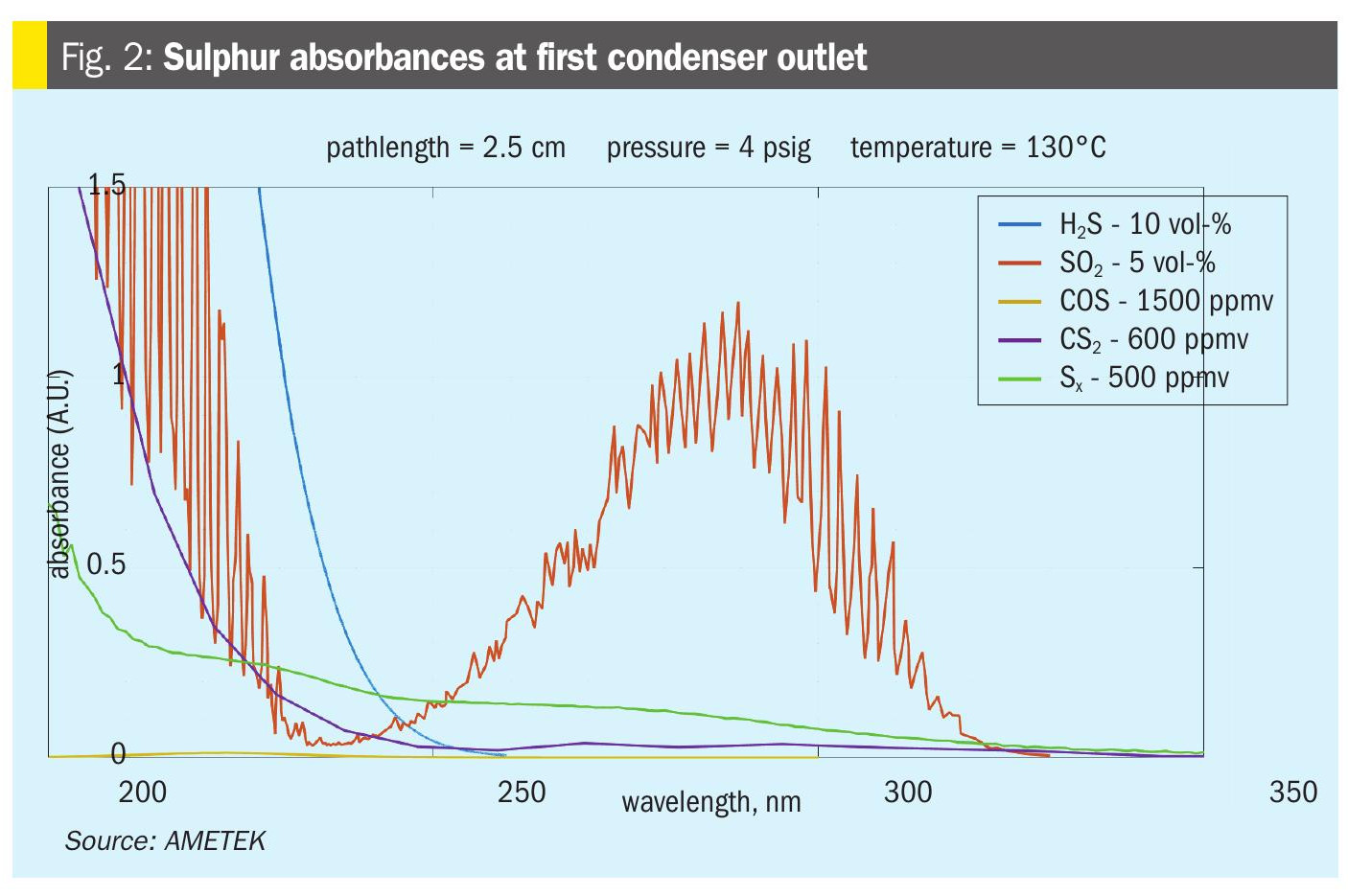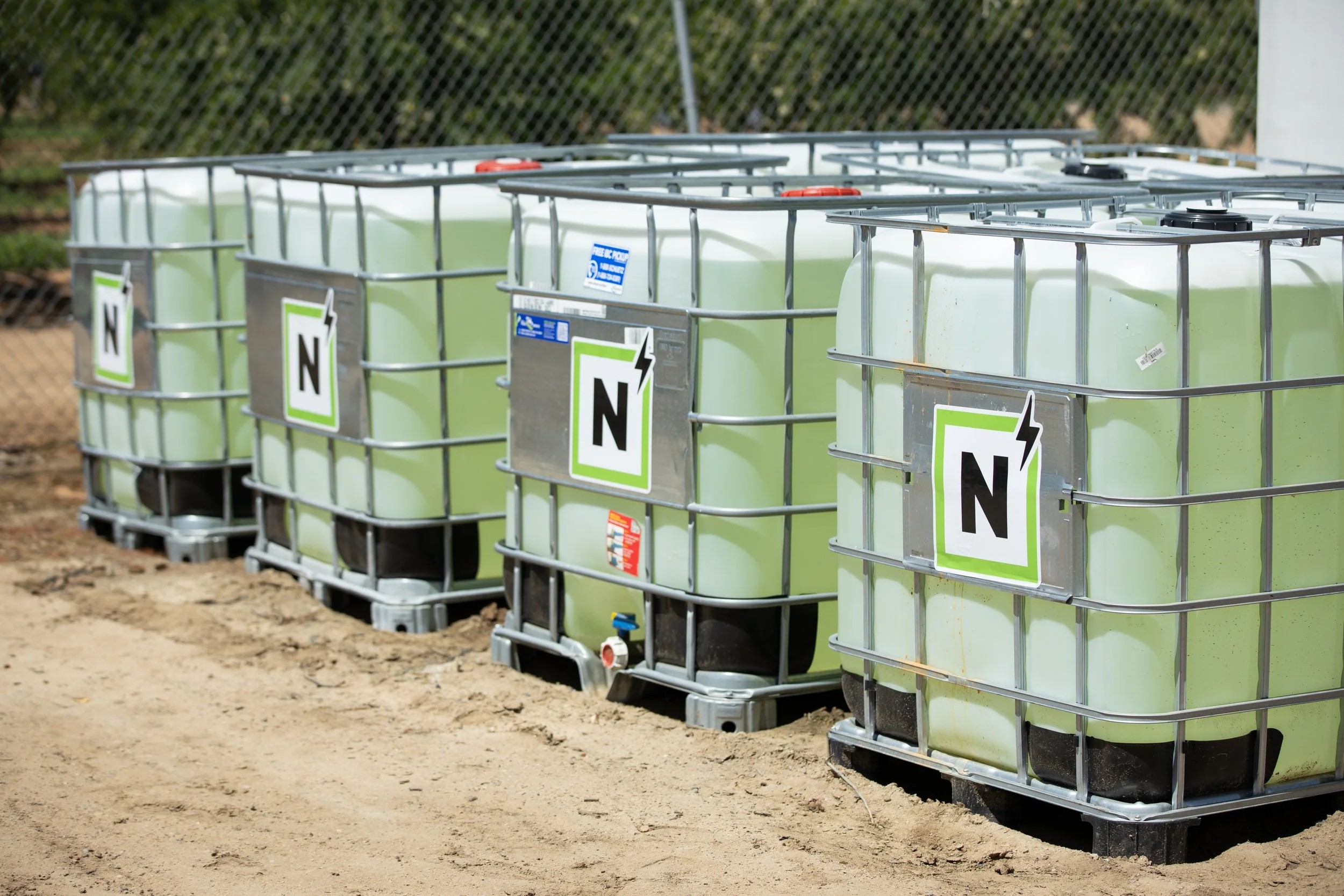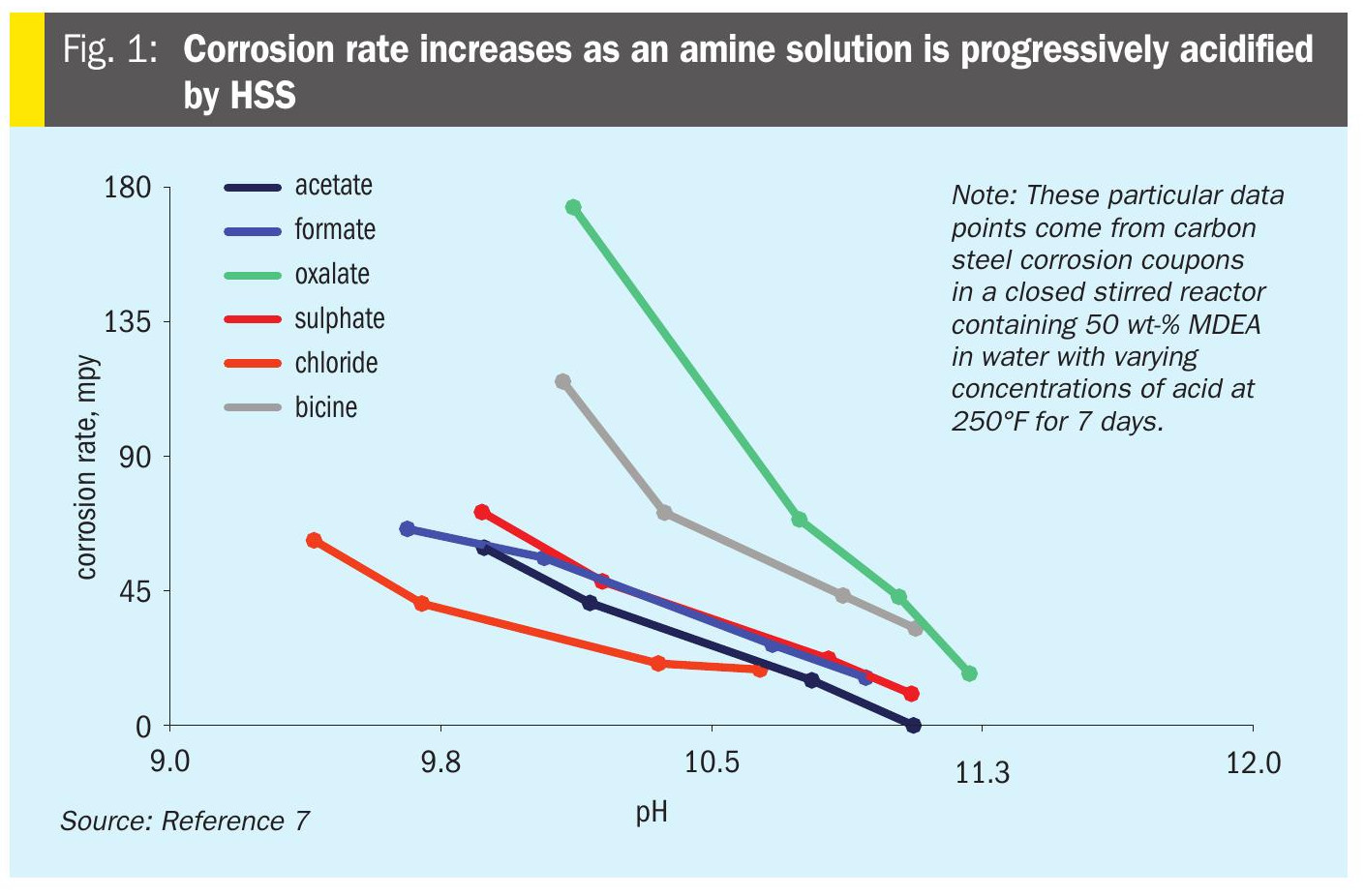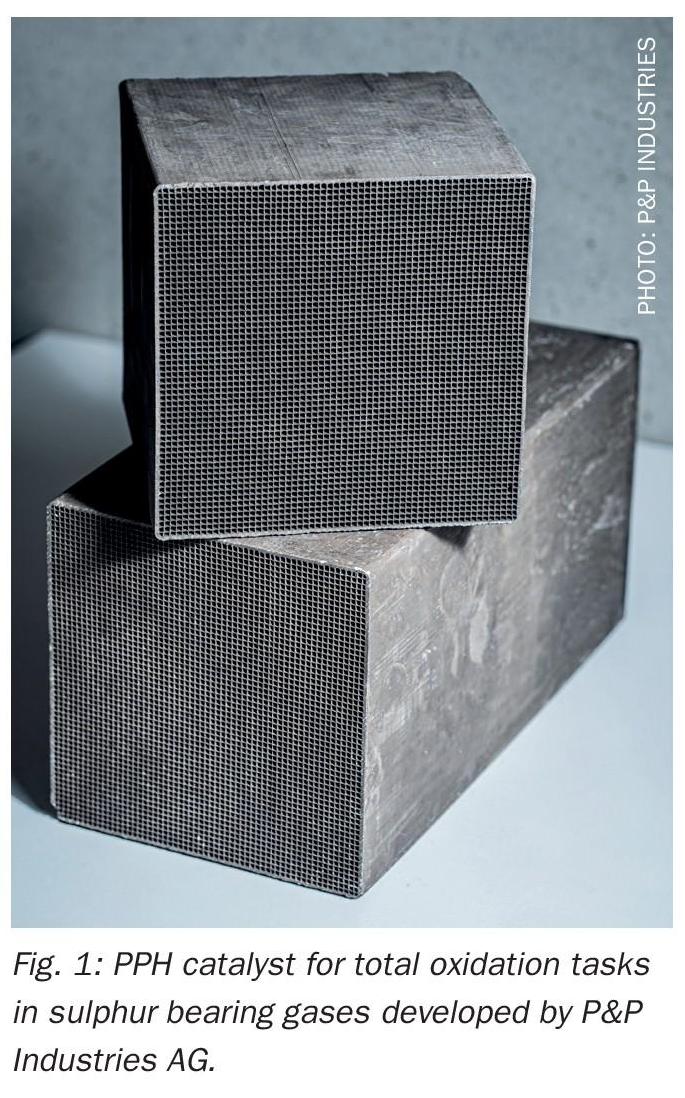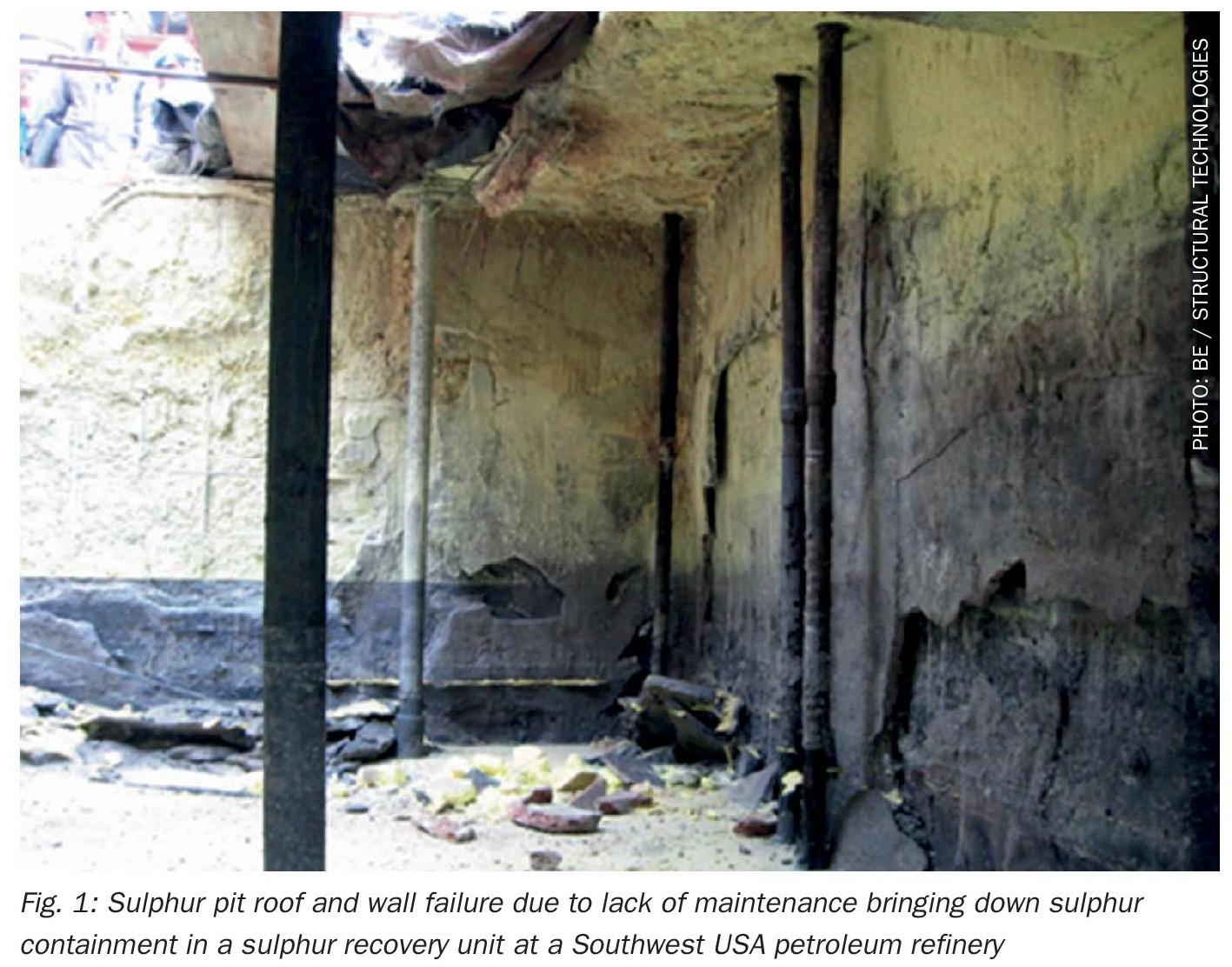Nitrogen+Syngas 330 Jul-Aug 2014
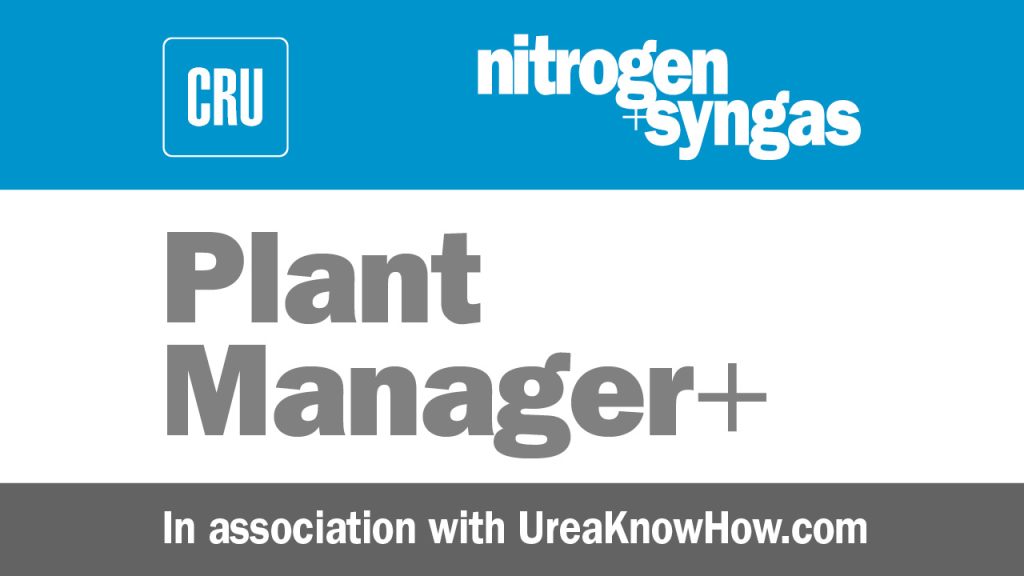
31 August 2014
Problem No. 25: High temperature in top of HP scrubber
Sometimes, when a process condition changes in a urea plant, for example, an operating temperature, the cause is not clear. Such a situation happened at Kermanshah Petrochemical Company in Iran. Mr Reza Keyhani started a discussion in the UreaKnowHow.com Round Tables to aid his troubleshooting. The following discussion helped Reza to find the root cause of the problem much more quickly. Mr Keyhani experienced a high temperature in the top of the high pressure (HP) scrubber. The function of a HP scrubber is to reduce the ammonia content in the inert stream coming from the high pressure synthesis section by washing the inert stream with the recycle carbamate and cooling it against cooling water.

The HP scrubber reduces the ammonia content in the inert stream.
Mr Reza Keyhani of Kermanshah Petrochemical Company in Iran initiated the following discussion: The normal temperature at the top of the HP scrubber in our Stamicarbon pool condenser urea process is about 112-115°C and the O2 required in the outlet of the hydrogen converter is 0.59 vol%. If the temperature in the top of the HP scrubber increases to 145°C but the overflow temperature of the scrubber is normal (166°C) what is the cause? Is it due to inerts or is there another explanation?

Mr Mark Brouwer of UreaKnowHow.com in the Netherlands replies: I assume you mean the gas temperature in the outlet of the HP scrubber.
The temperature of a liquid phase depends on the system pressure and its composition. If inerts decrease, the system pressure increases and the liquid temperatures increase. If the N/C ratio of a gas increases, the gas temperature will increase. So in your case I assume the inert valve has been opened leading to a higher N/C ratio in the gas outlet of the HP scrubber (higher N/C and lower inerts) and the lower inerts lead to a higher liquid overflow temperature. You state your normal value of the liquid overflow temperature is 166°C, which seems rather high to me.
Mr Ahmed Selim of Alexandria Fertilizers Company (ALEXFERT) in Egypt shares his experiences: In our plant (Stamicarbon falling film HPCC technology), the gas outlet temperature from the HP scrubber reaches 150°C, while the temperature of the liquid overflow reaches 172°C. I think that the N/C ratio is higher than normal?
Mark replies and asks for some more clarifications: It looks like it. I also think the load on the HP scrubber is high (is the position of the inert vent valve wide open?), so the inert percentage is low.
Ahmed replies: You are right, our plant load is about 112% and the inert valve opening is 70% which confirms what you said about increasing system pressure.
Reza comes back: The normal value of the HP scrubber liquid over-flow is 165°C according to design. When we experienced problems of high pressure in the LP section the temperature (overflow) was 155-158°C. We tried opening the inert valve to reach 164-165°C in the overflow and this action helped to us to realise a closed LP vent valve. But the temperature at the top of the HP scrubber increased to 140-142°C, when it should be 112°C according to design. I think it is because we have more inerts than normal. The inert valve is more open and more gas (with inerts) is exiting the inert valve which increases the average temperature of the gas.
Reza asks for further clarification: For the N/C ratio, I think you mean the composition of the gas in the top of the scrubber is the cause of the high temperature. If the N/C ratio is more or less than optimum there is less condensation in the synthesis section and less LP steam production. The remaining gas from the reactor flows to the HP scrubber and condenses there leading to energy loss here as the condensation heat is lost to the cooling water system. Is this the reason (more NH3 and CO2 going to the top of the scrubber) that this temperature is high? Were we right to open the valve to 80%?
Ahmed replies: By increasing the opening of the inert valve, the residence time in the HP scrubber will decrease (the velocity of gases from the top of the HP scrubber will increase) so the gases will be vented from the HP scrubber without being condensed leading to an increase of the N/C ratio in the vent of the scrubber and an increase of the overflow temperature from the HP scrubber as a result of the increase in temperature of the gases vented from the HP scrubber.
Mr Saadat Motamedi of Pardis Petrochemical Company in Iran shares his experiences: In our Stamicarbon pool condenser urea plant the gas outlet temperature from the HP scrubber is 130oC and the temperature of the overflow from the HP scrubber reaches 160°C. The opening of the inert vent valve is 32% and the plant load is 96%. I therefore think the inert level in your plant is high.
Mark provides some clarifications: Please take into consideration the following:
- The N/C ratio of a gas in equilibrium with a liquid in urea synthesis always has a higher N/C ratio when one operates at top ridge line conditions or on the ammonia rich side.
- The temperature of a liquid is very much influenced by the inerts content in the gas. The liquid overflow temperature gives a direct indication of how much inert is in the gas phase. The liquid temperature is the condensation temperature at the system pressure (so not at the total pressure, as you know total pressure = system pressure + inert pressure). So if the total pressure is 140 bar and the inerts percentage is 5% (7 bar), the system pressure is 133 bar. When the inerts percentage is 10% (14 bar), the system pressure is 126 bar. The liquid overflow temperature is at 133 bar, higher than 126 bar.
So the liquid overflow temperature can be between 155-170°C depending on the inerts percentage. The more the vent valve is open, the lower the inerts percentage. The influence of N/C ratio on the liquid overflow temperature is less than the inerts percentage.
Reza concludes: So, in our plant, with an 80% opening of the inert valve and good HP scrubber overflow temperature, the opening of the vent valve is greater than normal because we had a higher than normal level of inerts in the synthesis and, to remove the inerts, we opened the vent valve to 80% which led to an increase in the temperature in the HP scrubber top.
Mark replies: Yes, and please note that even if one has a low inerts content in the feed, one is free to open the inert valve further than normal. The position of the inert valve can be used to control the inerts percentage in the top of the reactor. Maybe you can reduce the inert amount by reducing the inerts in the feed. There is a technology to reduce inerts in the CO2 by implementing an additional flash step in the CO2 washing. Also, the inerts in the NH3 can be reduced by flashing the ammonia first to atmospheric pressure. In a Saipem synthesis there is no gas/liquid separation in the reactor as in a Stamicarbon synthesis. In a Saipem synthesis section therefore there are fewer options to control the inert pressure in the reactor.
Mr Omid Fayezifar of Pardis Petrochemical Company in Iran contributes to the discussion: In our plant (Stamicarbon pool condenser technology) the gas outlet temperature of the HP scrubber is 130-135°C. An increase of the temperature at the top of the HP scrubber depends directly on the N/C ratio. If the ratio is higher than 3.2, then the temperature at the top of the HP scrubber increases. The temperature also depends on the opening of inert vent valve: if the inert valve is higher than 60%, then the temperature increases. I think the temperature at the top of the HP scrubber also depends on the amount of H2O in urea and carbamate solutions: if there is an increase of H2O, the temperature increases. In addition, the flow rate of the recirculating cooling water should not be decreased as this will increase the temperature.
Mr Ahsan Sarfraz of Fatima Fertilizer Company in Pakistan shares his opinion: This is mainly attributed to a higher N/C of the reactor off gas, which means your ammonia slippage from the reactor is higher than design.
Mr Majid Mohammadian of OCI Nitrogen in the Netherlands contributes to the discussion: I think that in Reza’s case they have a normal overflow temperature (166°C) but the off-gas temperature is higher than normal so he wants to know how he can adjust both temperatures according to the plant specified data. I think it is possible to adjust the temperatures with the N/C ratio and system pressure.


